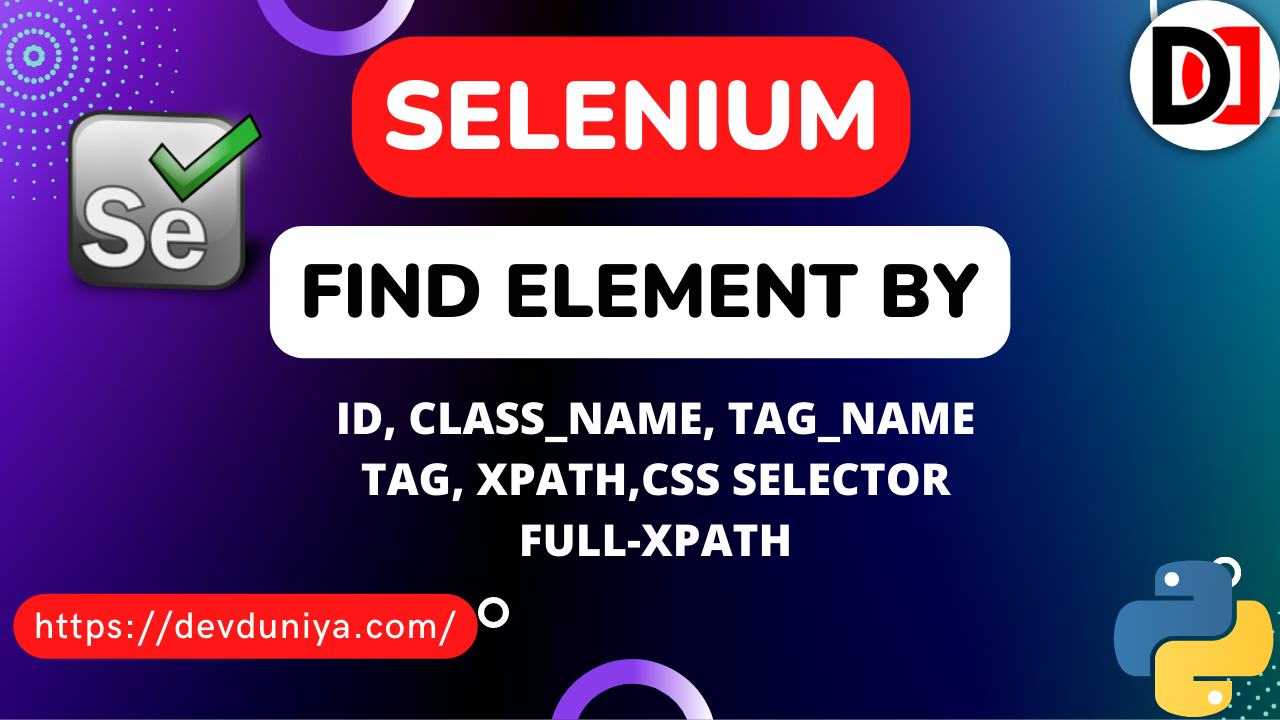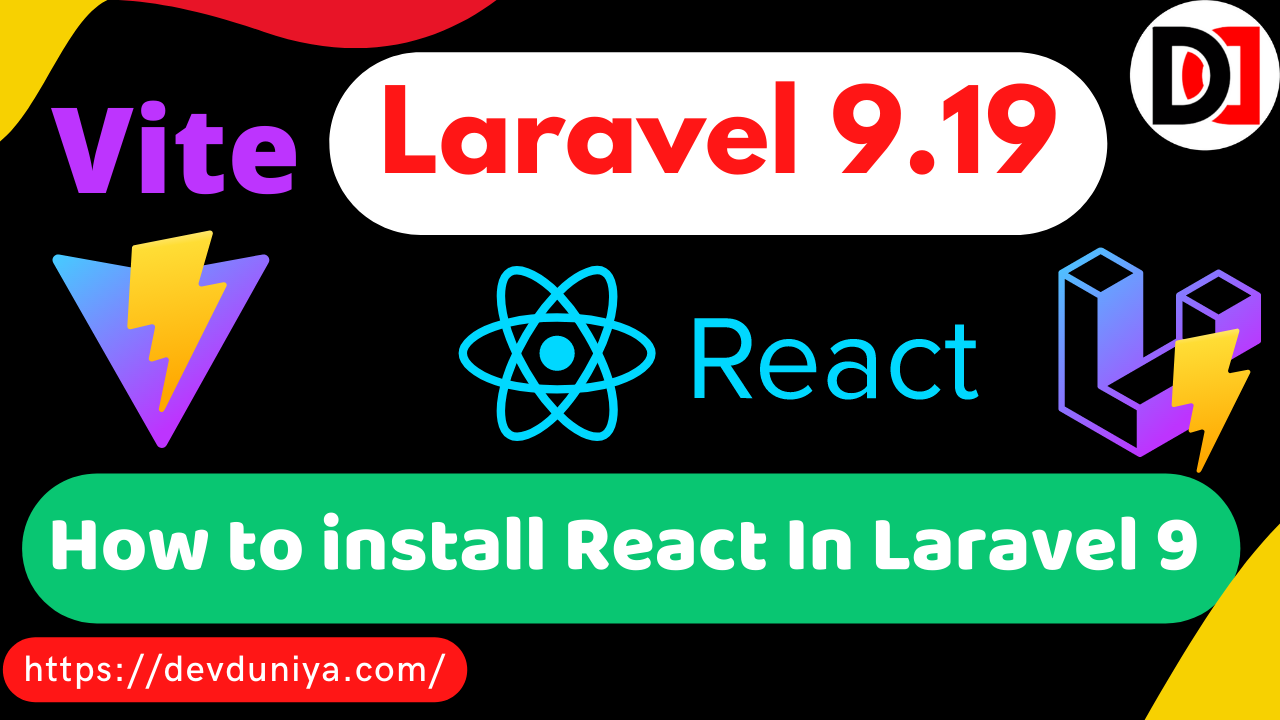Laravel is one of the most popular PHP frameworks for web development, with a huge community of developers and a wide range of tools and features. Whether you’re a beginner just starting out or an experienced developer looking to level up, this complete guide will help you become a Laravel developer and create amazing web applications.
Understanding Laravel and PHP
Laravel is a free, open-source PHP framework that was created in 2011. It’s built on top of the PHP language and is designed to make it easier to develop and maintain web applications. Laravel is known for its elegant syntax, and it’s widely used for its powerful features and high performance.
You can download Laravel from the official website and follow the installation instructions. After you’ve installed Laravel, you can start exploring the framework and learning how to use it to create your first web application.
Features of Laravel:
Laravel is a PHP web framework that provides a set of tools and features for building modern and robust web applications.
Some of its notable features include:
- Eloquent ORM: Laravel’s Eloquent ORM provides an easy way to interact with databases, allowing developers to work with databases using an object-oriented syntax.
- Blade Templating Engine: Laravel’s Blade Templating Engine is a simple and elegant templating language that allows developers to create complex HTML views with minimal code.
- Route Model Binding: Route Model Binding in Laravel allows developers to automatically bind model instances to routes, reducing the amount of code needed to retrieve records from the database.
- Artisan CLI: Laravel’s Artisan CLI is a powerful command line interface that provides a number of helpful commands for developers, such as generating boilerplate code and running database migrations.
- Middleware: Laravel’s middleware system provides a way to filter incoming requests and perform actions before they reach their intended destination, making it easy to implement security features such as authentication and authorization.
- Event Broadcasting: Laravel’s event broadcasting feature allows developers to easily broadcast events to various front-end technologies, such as WebSockets and JavaScript, for real-time updates.
- Automatic Package Discovery: Laravel’s Automatic Package Discovery feature makes it easy to install and use third-party packages, as the framework automatically detects and integrates them into the application.
Applications of Laravel:
Laravel is a versatile PHP framework that can be used to build a wide variety of web applications, including:
- E-commerce websites: Laravel’s powerful tools and features make it a great choice for building e-commerce platforms, as it provides an easy way to manage products, orders, and payments.
- Content Management Systems (CMS): Laravel can be used to build custom content management systems, allowing users to easily manage and publish content on their websites.
- Social Networking Platforms: Laravel’s features, such as real-time updates and user authentication, make it a suitable choice for building social networking platforms.
- Project Management Systems: Laravel’s tools and features make it an excellent choice for building project management systems, as it provides an easy way to manage tasks, deadlines, and team member interactions.
- Online Marketplaces: Laravel’s features, such as its Eloquent ORM and Blade Templating Engine, make it a great choice for building online marketplaces, as it provides an easy way to manage products, orders, and payments.
- Real-time Chat Applications: Laravel’s event broadcasting feature makes it a suitable choice for building real-time chat applications, as it allows developers to easily broadcast messages and updates to users in real time.
To become a Laravel developer, you’ll need to have a solid understanding of PHP. PHP is a server-side scripting language that’s used to create dynamic websites. If you’re not familiar with PHP, you should start by learning the basics, including variables, functions, loops, and arrays.
No.1: Introduction
- Definition of Laravel: Laravel is a free, open-source PHP web framework used for web application development. It is designed to simplify the development process by providing an elegant syntax and tools for tasks such as routing, authentication, and caching.
- Importance of Laravel in web development: Laravel is one of the most popular PHP frameworks and is widely used by web developers for creating robust and scalable web applications. It provides a clean and organized codebase, making it easier to maintain and update applications. Laravel also has a large community of developers and a wealth of resources, making it a great choice for new developers.
- Overview of the article: This article will serve as a complete guide to becoming a Laravel developer. It will cover everything from the basics of Laravel to more advanced topics, such as security and deployment.
No.2: Understanding Laravel Framework
- History of Laravel: Laravel was first released in 2011 by Taylor Otwell. Since then, it has become one of the most popular PHP frameworks, with a large community of developers and a wealth of resources.
- Key features of Laravel: Some of the key features of Laravel include routing, controllers, views, models, migrations, Eloquent ORM, Artisan Command Line Interface, Blade Templating Engine, Middleware, and package development.
- Advantages of using Laravel: There are many advantages to using Laravel, including its clean and organized codebase, ease of use, and large community of developers. Laravel also provides tools for tasks such as authentication and caching, making it a great choice for web application development.
No.3: Setting up the Development Environment
- Installing Laravel: Laravel can be installed using the Composer package manager. The process is straightforward and can be completed by following the steps outlined in the Laravel documentation.
- Configuring Laravel: After installing Laravel, the next step is to configure the framework. This involves setting up the database connection, environment variables, and other settings.
- Understanding Laravel Directory Structure: Understanding the Laravel directory structure is important for navigating the framework and finding the resources you need. The Laravel documentation provides a detailed overview of the directory structure.
No.4: Basic Concepts in Laravel
- Routing: Routing is an important part of any web application and Laravel provides an easy-to-use routing system. Routes are defined in the routes/web.php file and are used to map URLs to controllers.
- Controllers: Controllers are used to manage the flow of data in a Laravel application. They handle incoming requests, process data, and return a response.
- Views: Views are used to display data in a Laravel application. They are created using Blade templates and can be rendered using the view() method.
- Models: Models are used to interact with the database in a Laravel application. They provide an easy-to-use interface for querying and manipulating data.
- Migrations: Migrations are used to manage database changes in a Laravel application. They provide a way to track and revert changes to the database schema.
No.5: Advanced Concepts in Laravel
- Eloquent ORM: Eloquent is Laravel’s Object-Relational Mapping (ORM) system. It provides an easy-to-use interface for working with databases and eliminates the need to write raw SQL code.
- Artisan Command Line Interface: Artisan is Laravel’s Command Line Interface (CLI) tool. It provides a variety of commands for performing common tasks, such as generating code, running database migrations, and managing the application environment.
- Blade Templating Engine: Blade is Laravel’s templating engine. It provides an easy-to-use syntax for creating views, including support for template inheritance, partials, and dynamic content.
- Middleware: Middleware is used in Laravel to control access to certain parts of the application. It can be used to perform tasks such as authentication and authorization.
- Package Development: Laravel has a thriving ecosystem of packages and plugins that can be used to extend the functionality of the framework. Package development is an important aspect of Laravel and allows developers to create reusable components that can be easily shared and integrated into other applications.
No.7: Laravel Security
- Cross-Site Request Forgery (CSRF) protection: CSRF is a type of attack that can compromise the security of a web application. Laravel provides built-in protection against CSRF attacks, making it easier to secure your application.
- Password hashing: Laravel provides a secure password hashing mechanism that automatically hashes passwords before storing them in the database.
- Encryption: Laravel provides an easy-to-use encryption system that can be used to securely store sensitive information, such as passwords and credit card numbers.
- Authorization: Laravel provides a simple and flexible authorization system that can be used to control access to certain parts of the application.
No.8: Deploying Laravel Applications
- Preparing Laravel for deployment: Before deploying a Laravel application, it is important to prepare the application and make any necessary configurations. This includes setting up the production environment and optimizing the application for performance.
- Deploying to a shared host: Laravel can be deployed to a shared host, although some additional steps may be required to configure the server.
- Deploying to a VPS: Laravel can be deployed to a Virtual Private Server (VPS), which provides more control and flexibility than a shared host.
- Deploying to a cloud platform: Laravel can also be deployed to a cloud platform, such as Amazon Web Services or Heroku. This provides scalability and reliability, making it a great choice for high-traffic applications.
No.9: Best Practices for Laravel Development
To become a successful Laravel developer, it’s important to follow best practices for coding, testing, and deployment.
Some best practices to keep in mind include:
- Writing clean and organized code
- Commenting your code to help others understand it
- Regularly testing and debugging your application
- Keeping your application up-to-date with the latest Laravel releases
- Following security best practices to keep your application and data secure
No.10: Practice and hands-on experience
The best way to become a Laravel developer is to practice and gain hands-on experience. As you work through online tutorials and courses, it is important to apply what you have learned by building small projects.
By building small projects, you will be able to put your knowledge and skills to the test and gain practical experience with the Laravel framework. Additionally, you can use these projects as a portfolio to showcase your skills to potential employers.
No.11: Stay up-to-date with the latest developments
The web development landscape is constantly evolving, and it is important to stay up-to-date with the latest developments in Laravel. This will help you stay ahead of the competition and keep your skills and knowledge relevant.
You can stay up-to-date by following Laravel-related news and updates, reading blog posts, and participating in online forums and communities. Additionally, you can attend conferences and events to learn about the latest developments in Laravel and network with other developers.
No.12: Join the Laravel community
Finally, one of the best ways to become a Laravel developer is to join the Laravel community. The Laravel community is a vibrant and active community of developers who share knowledge and experience, collaborate on projects, and provide support to each other.
By joining the Laravel community, you will have access to a wealth of resources, including tutorials, forums, and online communities. You will also have the opportunity to network with other Laravel developers, learn from their experiences, and ask for advice when you need it.
FAQs:
What is Laravel and why is it used for?
Answer: Laravel is a PHP framework used for web application development. It is designed to simplify the development process by providing an elegant syntax and tools for common tasks such as routing, middleware, database migrations, etc.
What are the features of Laravel?
Answer: Some of the key features of Laravel are: Eloquent ORM, routing, middleware, blade templating engine, built-in task scheduler, built-in testing, modular packaging system, and more.
What is the role of middleware in Laravel?
Answer: Middleware acts as a bridge between the request and response in Laravel. It can be used to filter requests and perform tasks such as authentication, request throttling, etc. before the request reaches its intended destination.
How do you implement authentication in Laravel?
Answer: Laravel provides built-in authentication features that can be easily implemented using the provided artisan command. You can run “php artisan make:auth” to generate the authentication scaffolding, which includes views, controllers, and routes for authentication.
What is the Eloquent ORM in Laravel and how does it work?
Answer: Eloquent ORM is Laravel’s implementation of the active record pattern for working with databases. It allows you to interact with your database using object-oriented syntax, eliminating the need to write raw SQL queries. You can define models for your database tables, and Eloquent will automatically handle creating, updating, and retrieving records from the database.
How do you define relationships in Laravel’s Eloquent ORM?
Answer: Relationships in Eloquent ORM can be defined using methods such as hasOne, hasMany, belongsTo, and manyToMany. These methods allow you to define the relationships between your models, such as one-to-one, one-to-many, and many-to-many relationships.
What is routing in Laravel and how does it work?
Answer: Routing in Laravel is the process of defining URL patterns that should trigger a specific action in your application. You can define routes in the web.php file, and Laravel will match incoming requests to the appropriate route, executing the associated code and returning a response.
How do you perform migrations in Laravel?
Answer: Migrations in Laravel allow you to easily manage changes to your database schema over time. You can create migration files using the artisan command “php artisan make:migration”, and then use the “php artisan migrate” command to apply any pending migrations to your database.
What is the Blade templating engine in Laravel and how does it work?
Answer: Blade is Laravel’s built-in templating engine. It allows you to write HTML templates with embedded PHP code that gets executed when the template is rendered. Blade provides convenient syntax for common tasks such as conditional statements and loops, making it easier to write and maintain templates.
How do you perform testing in Laravel?
Answer: Laravel provides built-in testing features that allow you to write and run tests for your application. You can write tests using PHPUnit, and Laravel provides a convenient test runner and testing helpers to make it easier to write and run tests. You can run tests using the “php artisan test” command.
Conclusion:
Becoming a Laravel developer requires a combination of education, practice, and experience. By following the steps outlined in this guide, you will be well on your way to achieving your goal of becoming a Laravel developer.
Whether you are a beginner or an experienced developer, the Laravel framework offers a wide range of features and functionalities that will help you build robust and scalable web applications. With practice and hands-on experience, you will be able to master the Laravel framework and build a successful career as a Laravel developer.
If you have any queries related to this article, then you can ask in the comment section, we will contact you soon, and Thank you for reading this article.
Follow me to receive more useful content:
Instagram | Twitter | Linkedin | Youtube
Thank you








Your article helped me a lot, is there any more related content? Thanks!